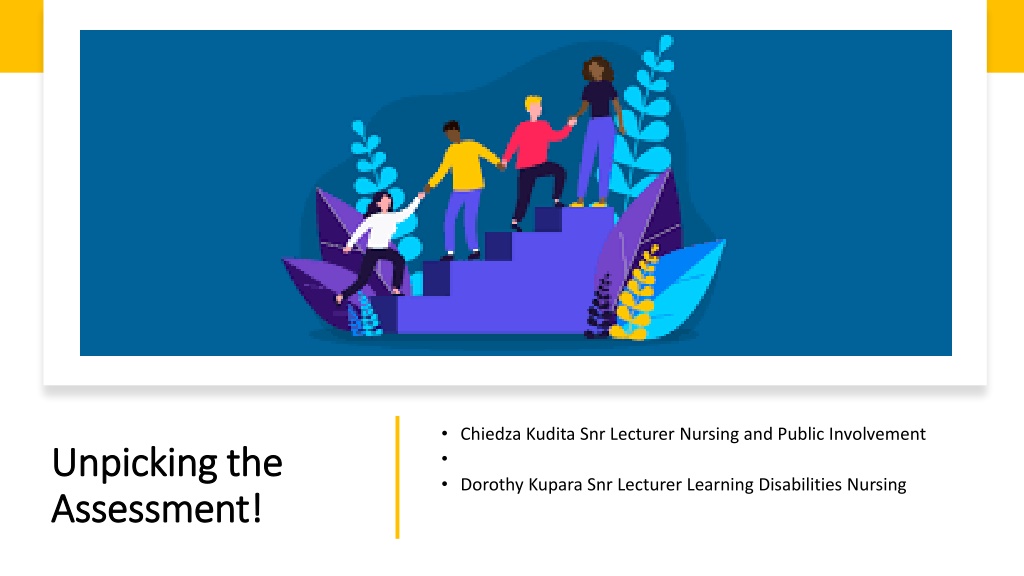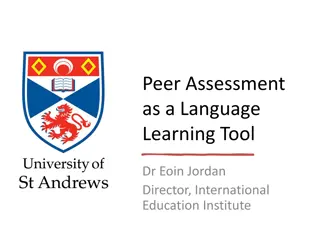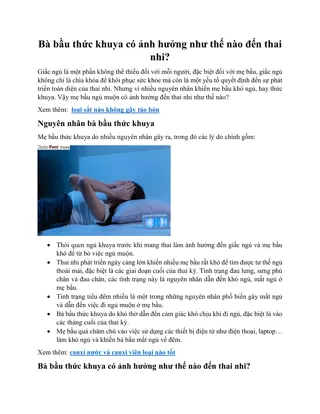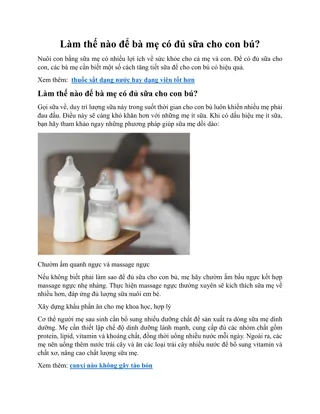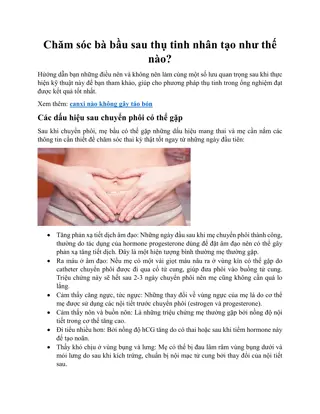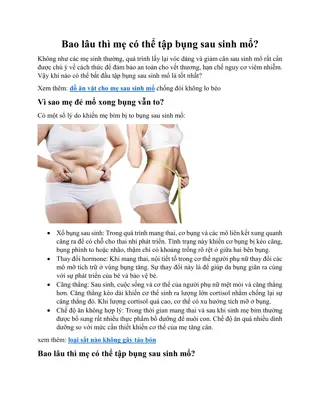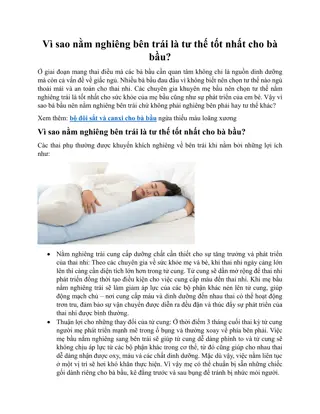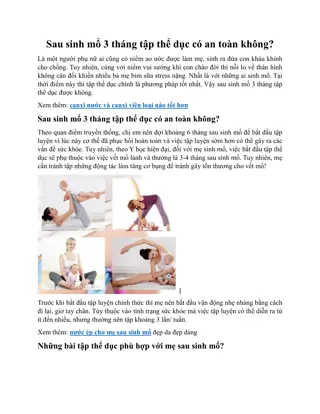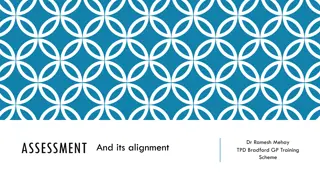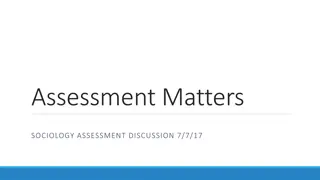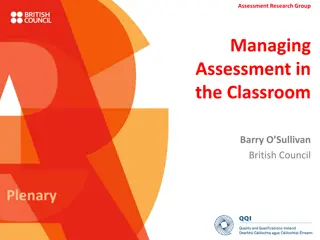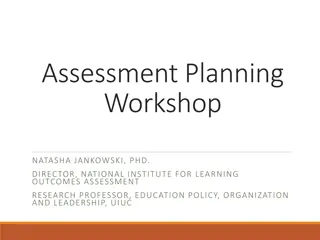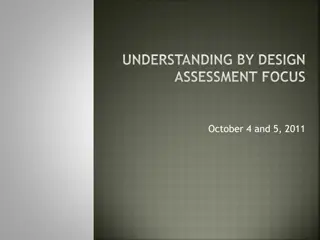Unpicking the Assessment!
Engage in a journey of reassessment and reflection on evaluation methods in teaching. Dive into innovative approaches, analyze impact on individual learners, and explore real-world applications. Unpick existing assessment paradigms to foster better student outcomes.
Download Presentation

Please find below an Image/Link to download the presentation.
The content on the website is provided AS IS for your information and personal use only. It may not be sold, licensed, or shared on other websites without obtaining consent from the author. Download presentation by click this link. If you encounter any issues during the download, it is possible that the publisher has removed the file from their server.
E N D
Presentation Transcript
Chiedza Kudita Snr Lecturer Nursing and Public Involvement Dorothy Kupara Snr Lecturer Learning Disabilities Nursing Unpicking the Unpicking the Assessment! Assessment!
Aim: To explore how we reconsidered an assessment for Student A (Pseudonym) and to provide some practical strategies for incorporating a variety of assessment methods into teaching and learning.
Learning outcomes Learning outcomes To consider basic principles underlying programme level assessment design and how it might affect individual student Critically evaluate different assessment methods and their appropriateness for individual contexts Reflect and rethink about assessment approaches
Assessment design Assessment design Assessment is the engine which drives student learning (Cowan, 2005)
The ideal student The reality Students who learn throughout the year They only learn/ revise right before exams Students who pay attention to the entire curriculum They try to find out what will be on the exam and focus on that Students who take feedback on board and use it to learn They often don t Students who understand and engage with the material This is not always the case
Developing an individualised authentic assessment Real-world applications
Examples of innovative assessments Conferences Role plays Group posters Forum discussions Podcasts/ videos Presenting to employers/service users or peers Video assignments (alternatives to essays)
Conclusion This case study demonstrated that a planned alternative assessment enhanced Student A s learning experience. Key is to involve lecturers so there is understanding of students Specific Learning Needs. There is support, flexibility and accessibility across the curriculum and this ought to be extended to assessment. Assessment is the engine which drive students learning it is important that.
References References Bloxham, S. and Boyd, P. (2007). Developing Effective Assessment In Higher Education: A Practical Guide: A Practical Guide. UK: McGraw-Hill Education. Burley, M. (2014). Eric Mazur Assessment - The Silent Killer of Learning. [video online] Available at: <https://www.youtube.com/watch?v=8sh6wsUFQT0> [Accessed 17 June 2023]. Cowan, J. (2005). Designing assessment to enhance student learning. Available at: http://www.enhancementthemes.ac.uk/docs/workshop/designing-assessment-to-enhance-student-learning-paper.pdf Gibbs, G. (1999). Using Assessment Strategically to Change the Way Students. Assessment matters in higher education, pp. 43-47. Gulikers, J.T., Bastiaens, T.J. and Kirschner, P.A. (2004). A five-dimensional framework for authentic assessment. Educational technology research and development, 52(3), pp. 67-86. Nicol, D. (2007). Principles of good assessment and feedback: Theory and practice , Assessment design for learner responsibility 29-31 May 07. Pells, R. (2017). Oxford University faces sexism allegations over claim sitting exams at home 'will close gender gap'. [online] The Independent. Available at: https://www.independent.co.uk/news/education/education-news/oxford- university-sexism-row-outcry-exams-home-gender-gap-a7785596.html [Accessed 23 Apr. 2018]. Principles and Methods of Assessment. (2015). Principles and Methods of Assessment. [online] Available at: https://abdao.wordpress.com/ [Accessed 20 Apr. 2018].
